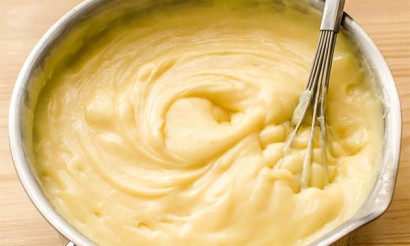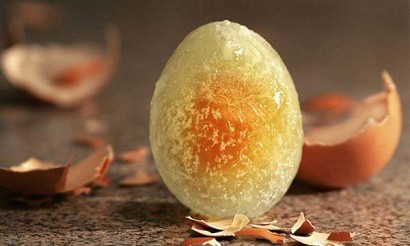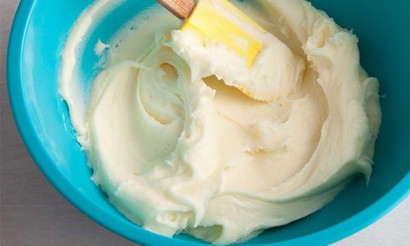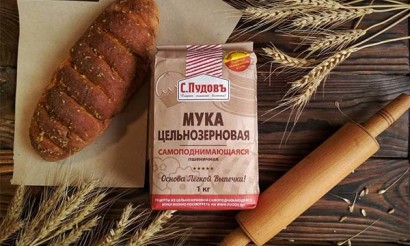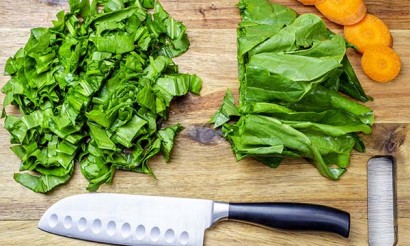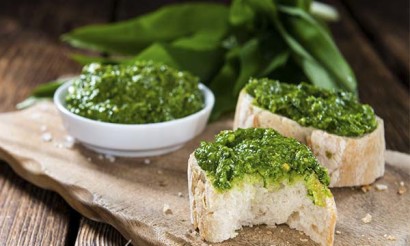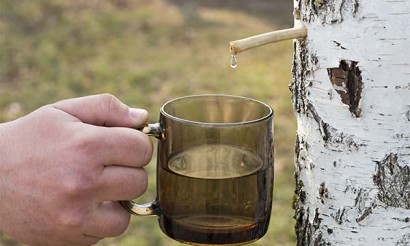Mullet and Pelengas: what kind of fish and what are the differences?
Mullet, Pelengas - two similar species of fish, known to most hostesses. In order not to make a mistake when choosing, you need to know how they look, how they differ from each other.
Pelengas: what does it look like and where does it live?
PelengasPelengas, pilengas or belingas belongs to the genus Kefali-lysa of the Kefale family. This sea fish perfectly copes with differences in salinity, feels good in warm water in summer, in cold - in winter.

The basis of the diet of Pelengas consists of organic residues deposited on the bottom, sea worms, small invertebrates, tulka, khamsa.
The species reaches sexual maturity by two years of age. For spawning, which begins in June, choose river mouths, coastal waters with a salinity of 32-35 ppm.
What does it look like?
Fish weighing 2-7 kg and 0.6-1 m in length are considered commercial.
The gregarious Pelengas has a torpedo-shaped, gray-silver body covered with large cycloidal scales. The sides and abdomen are lighter than the back.
The head is slightly flattened, with a wide frontal part. Distinctive features:
- Eyes with red or orange irises.
- Wide leathery fold over mouth, formed by projecting upper jaw.
- 7 dark longitudinal stripes on sides.
- The presence of an underdeveloped fatty eyelid.
The pectoral fins are reddish in color, the tail is forked, pointed at the ends.
Where to eat
It is native to the Sea of Japan from the Amur estuary to the coast of South Korea. In the 1970s, the fish was introduced as an experiment in the Sea of Azov and the Black Sea. Mullets quickly acclimatized in the new place and surpassed their relatives from the Far East in size. Today, on the Black Sea coast the catch of pelengas accounts for half of the total catch during the fishing season.
In summer the fish prefers to live on the sea shoals. With the onset of cold weather it goes to the deep waters of the Don, Dnieper and Danube rivers.
Territorially, by habitat, Pelengas is divided into Far Eastern, Azov (Don) and Black Sea (Kuban) varieties.
Mullet: how does it look and where does it live?
Loban (lat. Mugil cephalus) is the largest fish in the mullet family of the Gray Mullet family. During wintering and fattening period, this valuable commercial species often forms large aggregations with pelengas. In moments of danger it easily jumps over the net.
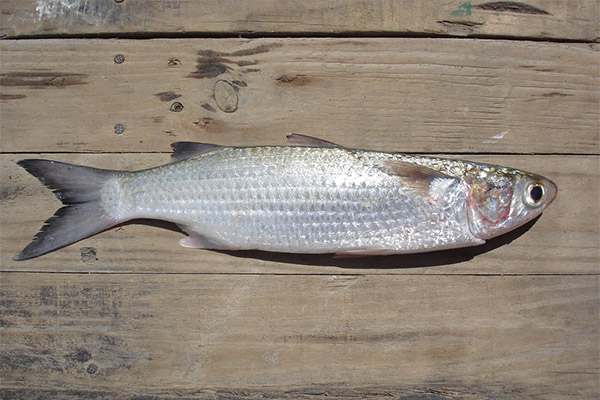
They feed on detritus, worms, small mollusks, crustaceans, and algae. They do not become sexually mature before they reach the age of 5. Spawning takes place from May to October in both open and coastal waters. Fertility of females depends on age and weight. On average, one individual lays up to seven thousand pelagic eggs.
What does it look like?
Elongated, slightly flattened front body with ctenoid scales reaches a maximum length of 1 m, weight - 12 kg. The average size of the fish - 35-40 cm at a weight of 1.5 kg.
The coloration of the body varies from blue-gray on the back to silver on the belly. On the sides are clearly visible brown longitudinal stripes.
Characteristics of the boa constrictor:
- Large head with a broad forehead, covered with scales to the end of the snout.
- Greasy eyelid covering the eye up to the beginning of the pupil.
- Straight upper jaw without bend.
- Short transverse mouth.
- The anal and bifurcated caudal fins are yellowish green, the ventral fins are light yellow, and the two dorsal fins are grayish blue.
Because of the darkest scales among the mullet, the loban is called a black mullet.
Where does it live
The loban is common in the western and eastern Atlantic Ocean. The fish is common off the coast of islands in the tropical Indian Ocean and the western Pacific.
In Russia, the loban is found in the Far East, the Tatar Strait, the Black Sea, the Sea of Azov, the southern part of the Sea of Okhotsk.
It fattens up in bays, estuaries, and coastal waters. For wintering it goes to the open sea.
How to distinguish mullet from pelengas
It is possible to distinguish the two species of fish of the mullet family from each other by several characteristics:
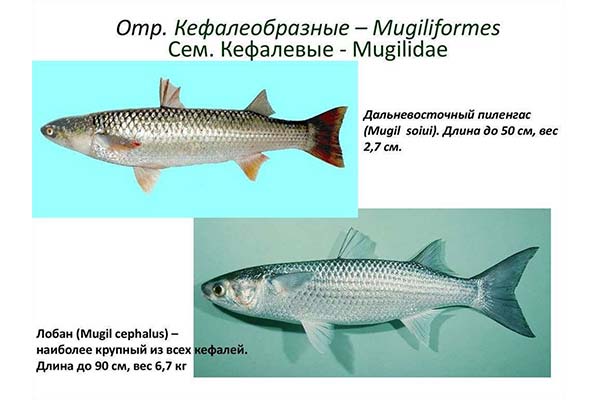
- Dimensions Pelengas - the average weight is 3 kg with a body length of 50 cm. The weight of a mature mullet is 7 kg and its length is 0.4-0.9 m.
- The scales of the Pelengas are large, covering the head to the end of the snout. The second fish has small scales that are missing from the head.
- The color of the mullet's eyes is bluish. The eyes of the pelengass are reddish or orange.
- The feeding behavior of the mullet - hunts in the upper layers of water. Pelengas - looking for food on the bottom.
Fish become sexually mature at different ages. If females of Pelengas spawn from the third year of life, mullet - from the sixth year. Spawning lasts all summer plus September, while pelengas spawns from early June to mid-July.
Which fish is more tasty and useful?
The meat of mullet and pelengass is similar in taste. It is juicy, tender, devoid of small bones. The latter have sweeter meat, but less caloric. The loban has received more recognition in the world. This is not surprising if we compare the ranges of both species.
Loban and Pelengas are steamed, boiled, stewed, baked in the oven, barbecued and grilled.
The energy value of 100 g of mullet is 150 kcal, BZH - 25, 5, 0 g. The caloric value of 100 g of pelengas is 117 kcal, the GI - 19, 4, 0 g respectively.
Mullet contains more protein, vitamins A, PP, group B, minerals. Pelengas contains choline, calciferol, tocopherol that are not present in the lobster at all.
Mullet and Pelengas are valuable species of fishing species, which normalize cholesterol levels in blood, strengthen the walls of blood vessels, reducing the risk of thrombosis. If we include fish meat into our diet twice a week, our digestion is normalized, body resistance to colds is increased and our general well-being is improved.
«Important: All information on this site is provided solely for introductory purposes. Consult with a health care professional before using any of our recommendations. specialist. Neither the editors nor the authors shall be liable for any possible harm caused by materials."

